How to Calculate Return on Ad Spend: A Consultant's Guide to Real Profit
- Chase McGowan

- Aug 28
- 11 min read
To figure out your return on ad spend (ROAS), the basic formula is simple: divide the total revenue from your ads by the total amount you spent on them. This gives you a quick snapshot of how much you're earning for every dollar you put in.
But if it were that easy, you probably wouldn't be here. You'd be getting clear, profitable results instead of confusing reports from an overpriced agency.
Why Your Agency Gets ROAS Wrong (And What It’s Costing You)

Let's get right to the real problem. I'm guessing you’re reading this because the ROAS numbers your agency sends over feel completely disconnected from what’s actually hitting your bank account. It’s a story I hear constantly from new clients who’ve been burned by bloated, overpriced agencies.
These big firms are masters at creating confusing reports packed with vanity metrics—think clicks and impressions. They look great on a slide deck but do absolutely nothing for your bottom line. It’s a carefully crafted illusion of success, designed by a faceless account manager to keep you paying while your budget quietly bleeds out.
The Problem With the Agency Model
The issue is almost always a one-size-fits-all approach. Large agencies are juggling dozens of clients, which means your critical campaigns get handed off to a junior-level account manager who is just following a templated playbook. This lack of specialized, senior-level attention from a dedicated expert is where costly mistakes and huge missed opportunities happen.
Their real goal? It’s not maximizing your profit; it’s retaining your monthly fee.
This leads to a predictable set of problems:
Vague, Useless Reporting: You get numbers without any real context, making it impossible to see what’s actually driving growth and what’s just wasting money.
Scattered Ad Spend: Your budget gets spread thinly across generic, "safe" strategies instead of being concentrated on the high-leverage campaigns that could actually move the needle.
Zero Real Accountability: When performance tanks, the blame gets passed around a big team, and you're the one left holding the bill. With an individual consultant, the buck stops with me.
The core of the problem is a total misalignment of incentives. An agency is incentivized to keep you as a client. As an individual expert, I am incentivized to make you profitable, because my reputation is built directly on your success.
The High Cost of Doing Nothing
Globally, marketers are on track to spend nearly US$1.1 trillion in 2024, and digital ads make up over $790 billion of that. With that kind of money flowing, every single miscalculation in your ad spend has serious consequences. You can dig into more of these global advertising trends to see the scale of the landscape.
Here's a quick look at the two different worlds:
Agency Approach vs. Expert Consultant
Factor | Bloated Agency | Individual Expert Consultant |
|---|---|---|
Point of Contact | Junior account manager, high turnover | Senior, experienced specialist (me) |
Strategy | Templated, one-size-fits-all | Custom, built around your specific goals |
Reporting | Confusing, full of vanity metrics | Clear, focused on profit and key KPIs |
Incentive | Retain your monthly fee | Drive your profitability |
Accountability | Diffused across a large team | Direct and absolute |
The difference is clear. Working with a dedicated consultant gives you the direct accountability and specialized expertise needed to cut through the agency noise. It’s about moving past generic reports and building a strategy that delivers a clear, profitable return on every single dollar you invest.
The Simple ROAS Formula and Its Hidden Costs
Calculating your Return on Ad Spend (ROAS) seems straightforward, right? You just take your total revenue and divide it by your total ad spend.
Easy.
But that surface-level math is exactly where most agencies hide their inefficiencies and justify their fees. They’ll flash a big, impressive number in a report, but it rarely tells the full story of your actual profitability. As a specialist consultant, my job isn't to give you a pretty number—it's to uncover the real one that impacts your business.
Let’s dig into what those two numbers—revenue and ad spend—really mean for your business.
What Really Counts as Revenue
Most agencies will just grab the “Conv. value” from your Google Ads account, plug it into the formula, and call it a day. That’s lazy, and frankly, it’s misleading. As a business owner, you know that true profitability goes much deeper than the initial sale.
A more honest picture of revenue includes:
Lead Value: If you run a service business, what's a qualified lead actually worth? Not every form fill is a sale, but it absolutely has a tangible value that needs to be accounted for.
Customer Lifetime Value (LTV): That first $50 purchase might not look like much, but what if that customer goes on to spend thousands with you over the next few years? Factoring in LTV gives you a much healthier, long-term view of your campaign's success.
If you ignore these, you’re flying blind with a skewed, short-sighted view of your performance—a view most agencies are happy to let you have.
The Hidden Costs in Your Ad Spend
This is the big one. This is where the numbers get fuzzy in most agency reports. They'll show you a fantastic ROAS based only on what you spent on clicks. But your Total Ad Spend is always higher.
To get to your real-world ROAS, you have to include every single dollar related to running your ads. This is the only way to measure actual business profitability, not just the vanity metrics an agency puts in a PDF.
Your true advertising cost must include:
Platform Spend: This is the obvious one—the money paid directly to Google for ads.
Management Fees: The monthly retainer you pay your agency or consultant. (A key difference: my fee is an investment in expertise, not agency overhead.)
Software & Tool Costs: Any third-party subscriptions for analytics, bidding, or call tracking.
Creative Production: The budget for video shoots, banner design, or hiring a copywriter.
Suddenly, when you factor in all these real-world costs, that impressive 4:1 ROAS your agency presented might plummet to a break-even 2:1. This is the kind of clarity an independent expert brings to the table—an honest calculation that ties directly to your bottom line.
A Practical Walkthrough: Calculating ROAS in Google Ads
Theory is fine, but let's get our hands dirty and calculate a real return on ad spend. The goal isn't just to find numbers, but to find the right numbers—and that's where an experienced consultant’s eye makes all the difference compared to a busy agency just checking boxes.
Let’s use a real-world example: an e-commerce client of mine who sells premium coffee beans. They needed to understand their actual performance from the previous month. The first stop is always their Google Ads account, where we pull two key metrics straight from the campaign dashboard: ‘Conv. value’ (Google’s term for revenue) and ‘Cost’.
This is the fundamental flow for figuring out your ROAS directly from the ad platform.
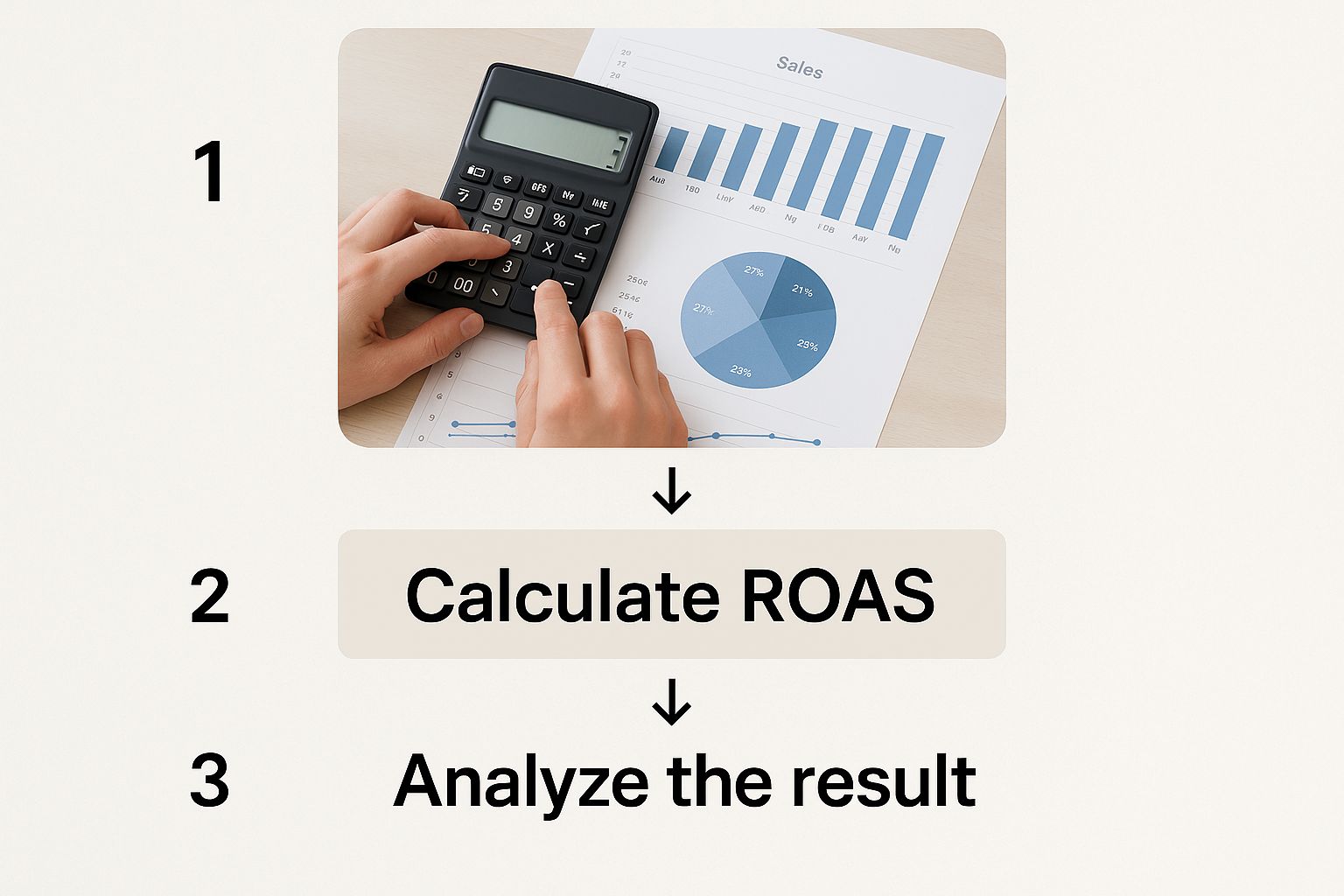
As you can see, you start by pulling your revenue and cost data before plugging them into the formula. This gives you a quick, platform-level ROAS.
From Platform ROAS to True Profit
So, for my coffee client, last month's Google Ads dashboard showed:
Total Conv. Value (Revenue): $15,000
Total Cost (Ad Spend): $3,000
The basic calculation for their platform ROAS is simple: $15,000 / $3,000 = 5. That gives them a 5:1 ROAS.
This is where a typical agency would stop. They’d send a report highlighting that fantastic number and call it a win. But my job as their consultant is to push further and find the actual profit.
A high platform ROAS is a great starting point, but it's not the bottom line. True profitability only comes into focus when we factor in all the real-world costs that agencies often leave out of their reports.
To get to their true return, we had to account for the other costs involved:
Cost of Goods Sold (COGS): Their beans have a 40% profit margin. This means their COGS was $9,000 on that $15,000 in revenue.
My Consulting Fee: A flat $1,500 for the month.
This brings their total investment to $3,000 (Ad Spend) + $9,000 (COGS) + $1,500 (My Fee), which totals $13,500.
Their net profit, then, is $15,000 (Revenue) - $13,500 (Total Costs) = $1,500. That impressive 5:1 ROAS delivered a modest, but still positive, real profit. This deeper analysis is exactly the kind of insight a dedicated consultant provides—it's about understanding the business, not just the ad account.
This level of precise tracking is a relatively new advantage. As digital advertising has grown from around 50% of total U.S. ad spending in 2015 to nearly 65% by 2024, our ability to connect costs directly to revenue has made these calculations more reliable and absolutely essential. You can find more insights on this advertising evolution on warc.com.
What’s a “Good” ROAS, Anyway?
You’ve got your number. Now, what do you do with it? This is where the real work begins—and where an experienced consultant’s insight trounces a bloated agency’s templated report every time. A generic report might flash a 4:1 ROAS and call it a win. But for your business, that same number could be phenomenal… or it could be a slow-motion disaster.
The single most important piece of context for your ROAS is your profit margin. It's that simple. Without it, you're just staring at a vanity metric, which is exactly how agencies get away with scaling campaigns that are secretly bleeding you dry.
Think about it. A business with healthy 80% margins can be wildly profitable with a 3:1 ROAS. But a company with razor-thin 20% margins would be hemorrhaging cash with the exact same result. The goal is never just to make revenue; it’s to generate actual profit. This is why we've talked about the critical differences between ROAS and true ROI before. You can dive deeper into that distinction in our guide.
Forget Generic Industry Benchmarks
You'll see blog posts everywhere claiming an average 4:1 ROAS is the gold standard for e-commerce. That's the kind of generic advice an agency loves. As an expert consultant, I know that your business is unique. I've worked with low-margin businesses where a 2:1 ROAS was a huge success. With programmatic ad spend projected to hit $156.82 billion in 2024, the ability to set precise, personalized targets is more critical than ever. You can dig into more global advertising trends over at Statista.com.
Instead of chasing someone else’s number, you need to define what a win looks like for you. What’s the immediate goal?
Maximize immediate profit? You'll need a high ROAS target, no question.
Aggressively scale for growth? A break-even or even a slightly negative ROAS might be a smart trade-off for grabbing market share.
Liquidate aging inventory? A low ROAS that just covers your costs could be a huge strategic win.
Your break-even ROAS is your floor. Anything above it is progress, and anything below it is a loss. Calculating this simple number gives you immediate clarity on campaign performance—something a generic agency report will never provide.
To figure out your break-even point, the math is dead simple: 1 / Your Profit Margin.
So, if your profit margin is 25% (or 0.25), your break-even ROAS is 1 / 0.25 = 4. This means you need to hit at least a 4:1 ROAS just to avoid losing money on your ad spend. Now that’s a number you can build a strategy around.
Actionable Strategies to Improve Your ROAS
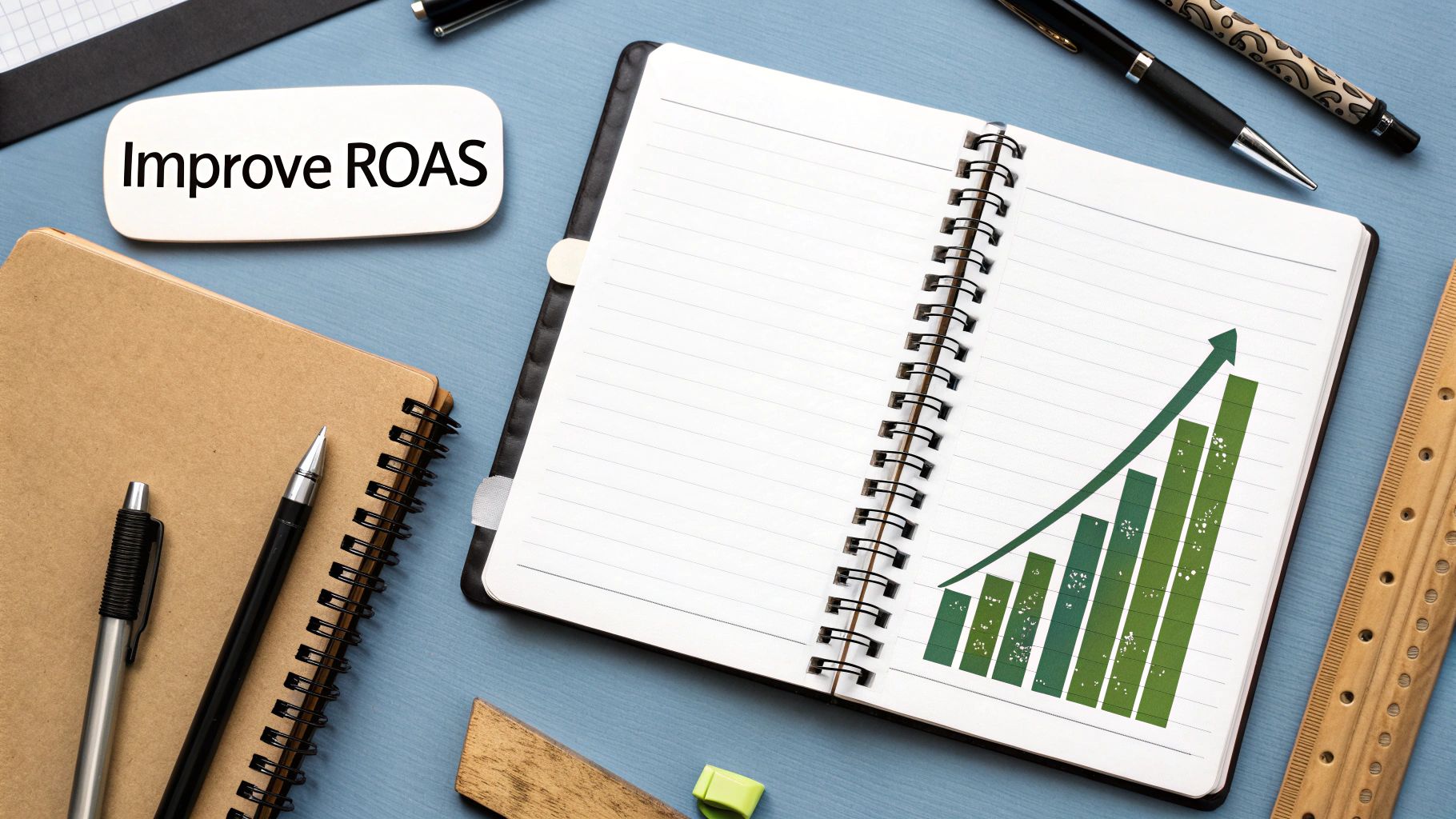
Knowing your ROAS is just the starting line. The real money is made by actively improving it, and that’s where a hands-on, specialist strategy consistently beats a generic, automated agency process.
Too many agencies just shift budgets around based on surface-level data. My entire focus as a dedicated consultant is making every single dollar you spend work harder. This isn’t a task for a junior account manager with a checklist; it's a manual, thoughtful process of digging into your campaign data to find hidden opportunities and plug the leaks that are killing your profitability.
Refine Your Keyword Targeting
The fastest way to boost your ROAS? Stop paying for clicks that were never going to convert in the first place.
Many large agencies love using broad match keywords because it drives up impression volume, which looks great on a report. In reality, it just burns through your budget on completely irrelevant searches.
I take the exact opposite approach. By obsessing over negative keywords and focusing on long-tail keyword phrases, we can surgically target users who are practically screaming purchase intent. Think less "running shoes" and more "women's trail running shoes size 8." It’s this kind of precision filtering that overloaded agencies just don't have the time or specialized focus to execute properly.
Craft Ad Copy That Actually Converts
Your ad copy isn't just a handful of words; it's your direct sales pitch in a brutally competitive space. Generic ads get generic results. I get to work crafting compelling copy that speaks directly to your ideal customer’s problems and motivations.
A classic agency mistake is listing features instead of selling benefits. An ad that says "Durable leather boots" is fine, I guess. But an ad that says "Never Buy Another Pair of Winter Boots Again" connects with a customer's real desire for value and longevity. That’s what drives clicks from qualified buyers—and that's the level of detail an expert provides.
Optimize Your Landing Pages
Getting the click is only half the battle. If your landing page drops the ball, you’re just lighting money on fire. A true hands-on consultant will obsess over your landing pages, looking for critical disconnects that a busy agency would miss.
Message Match: Does the headline on the page echo the exact promise you made in the ad? If not, you've created instant friction.
Clear Call-to-Action (CTA): Is it painfully obvious what the user should do next, or do they have to hunt for the "buy now" button?
Mobile Experience: How does it look on a phone? Is it fast? Is it easy to use? Because that’s where most of your customers are.
These might sound like tiny details, but they are exactly the kinds of profit-driving optimizations that big, bloated agencies overlook. By making these strategic tweaks, we can often dramatically increase conversion rates without spending another cent on traffic.
You can find more high-impact strategies to [improve Google Ads performance and ROI in our detailed guide](https://www.cometogether.media/single-post/improve-google-ads-performance-and-roi).
Your ROAS Questions Answered
Once you start calculating Return on Ad Spend, it's natural for more questions to pop up. Big agencies often muddy the waters with complicated reports that hide simple truths about profitability. My job as a consultant is to cut through the noise and give you direct, clear answers you can actually use.
Let's tackle some of the most common questions I hear from business owners who are tired of confusing agency spreadsheets.
What Is the Difference Between ROI and ROAS
This is the big one, and it's where a lot of people get tripped up.
ROAS (Return On Ad Spend) is a pretty straightforward metric. It measures the gross revenue your ads generate for every single dollar you spend. The formula is simple: Revenue / Ad Cost. It’s a top-line number, and it’s what agencies love to focus on because it looks big.
ROI (Return On Investment), on the other hand, tells you about your actual profit. It’s a bottom-line metric because it accounts for all your costs—ad spend, the cost of your goods, management fees, shipping, you name it. An agency might brag about a high ROAS, but an experienced partner focuses on delivering a positive ROI.
How Often Should I Calculate My ROAS
Consistency is everything here. For businesses with a decent ad spend, I always recommend a weekly check-in. This rhythm allows us to make quick, smart adjustments to optimize campaigns and stop any budget leaks before they get serious. This is a level of hands-on management you won't get from a large agency.
If you have a smaller budget or a business with a longer sales cycle, a monthly calculation is usually enough. It gives you a stable view of performance trends without encouraging knee-jerk reactions to normal daily fluctuations. An overloaded agency might just send a monthly report and call it a day; I believe in finding a cadence that actually matches your business needs.
A common trap I see is celebrating a "good" ROAS while still losing money. This happens when your profit margins are too thin to support your ad costs. This is exactly why a consultant's focus on your entire business is crucial, not just what the ad platforms are showing.
Can I Have a Good ROAS but Still Lose Money
Absolutely. It happens all the time, and it's a critical blind spot that agencies often ignore.
Imagine your campaigns are hitting a 3:1 ROAS, which sounds pretty decent on the surface. But if your profit margin is only 25%, you're actually losing money on every single sale those ads bring in.
This is the kind of detail that generic agency strategies often miss. They're chasing a high ROAS number to make their reports look good, while a true partner makes sure the numbers translate into real, take-home profit. For a deeper dive into this, check out [a consultant's guide to ad performance metrics](https://www.cometogether.media/single-post/a-consultant-s-guide-to-ad-performance-metrics).
Ready to stop guessing and start seeing real returns from your Google Ads? At Come Together Media LLC, I offer a free, no-commitment consultation to show you exactly where your agency is wasting money and how a dedicated expert can optimize it for maximum profit. Book your free consultation today.




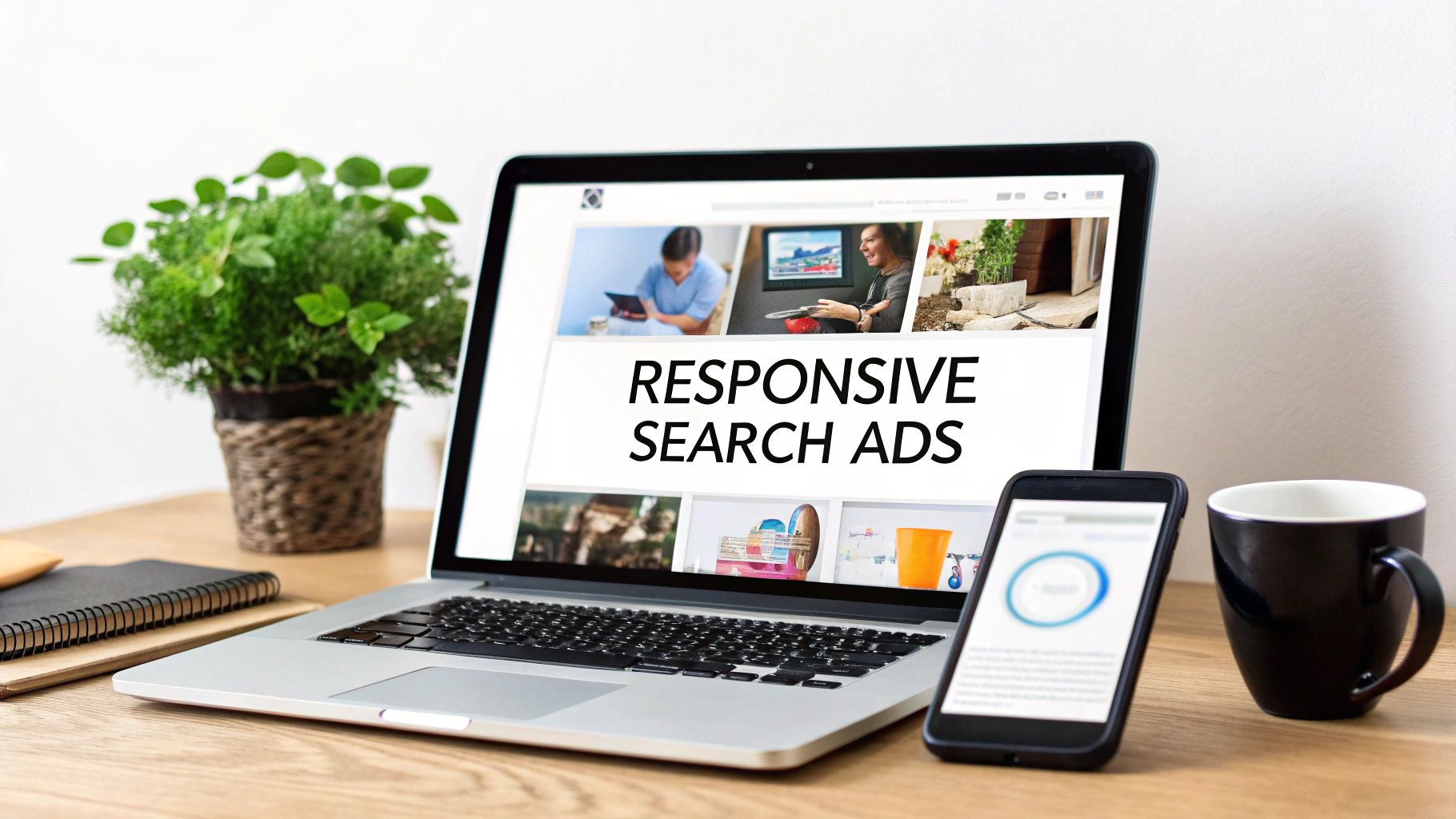
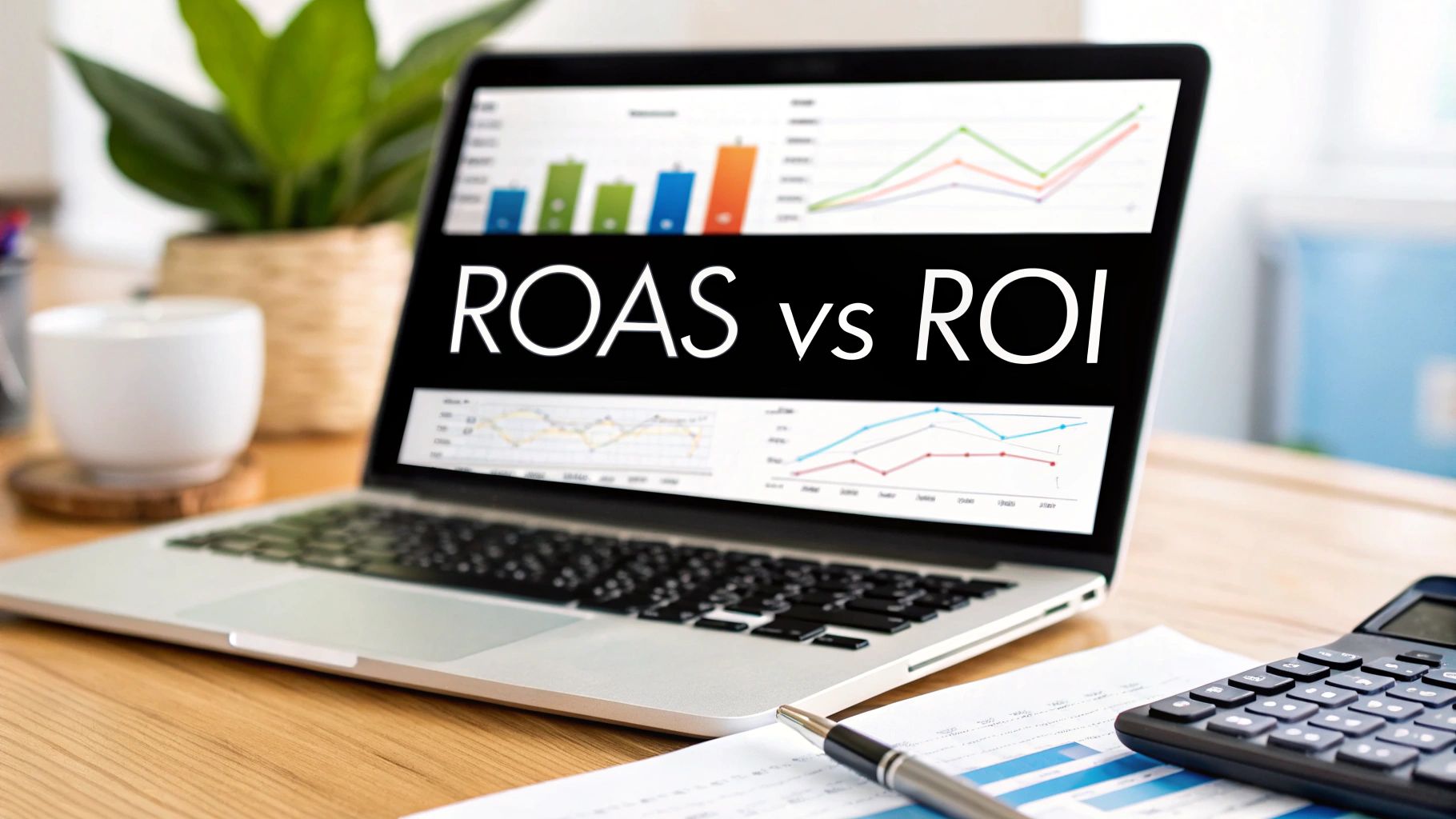
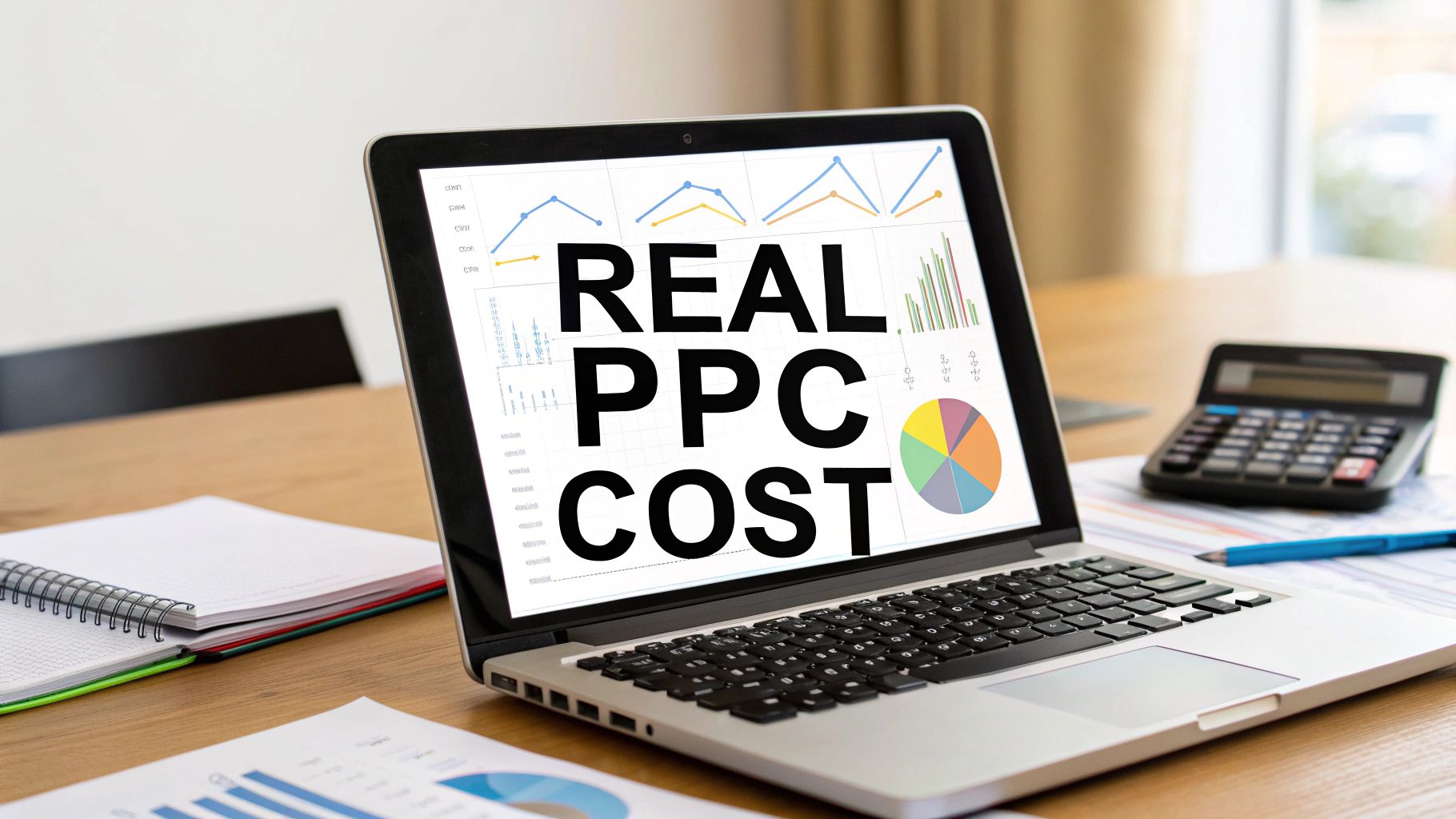
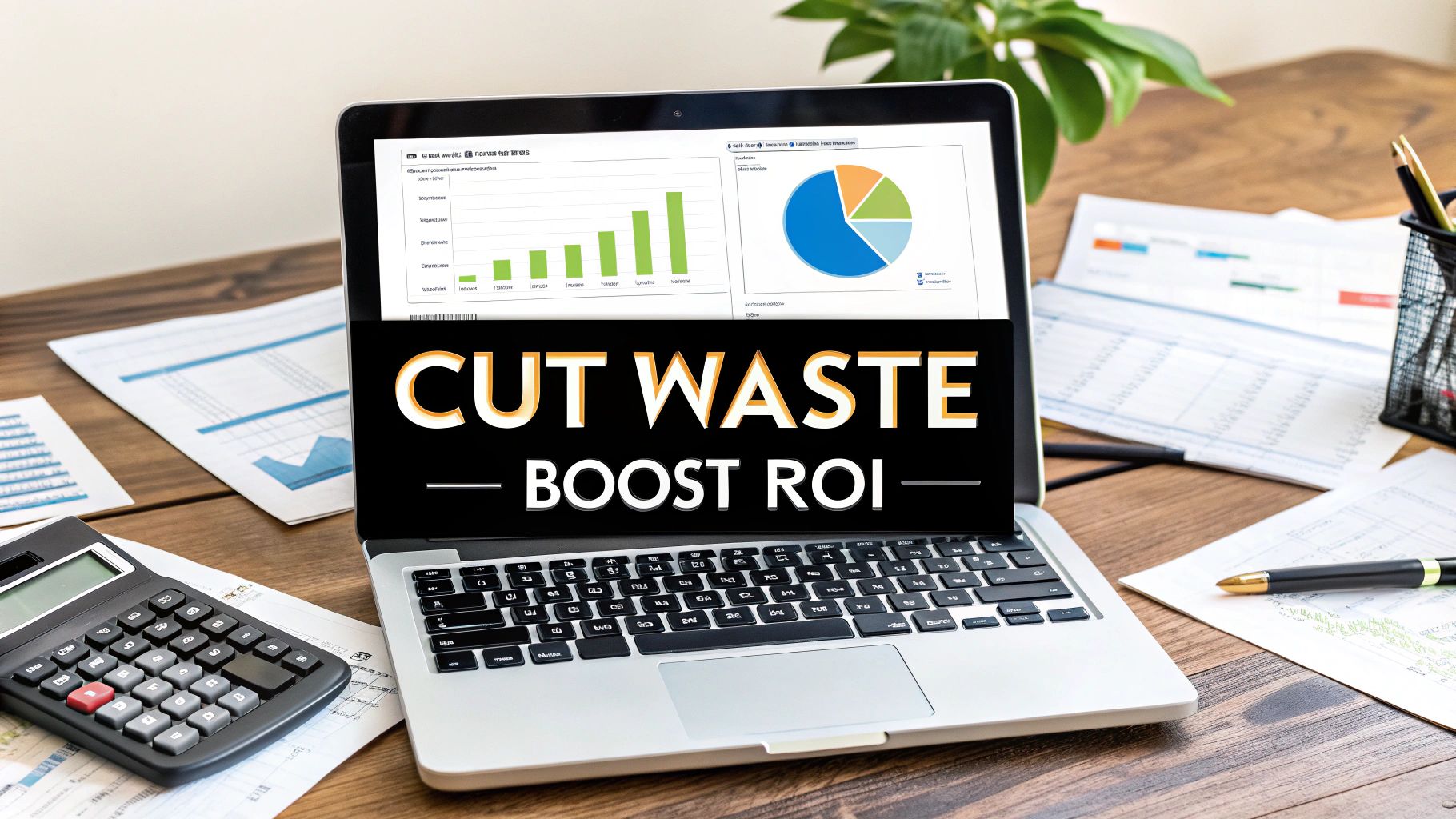
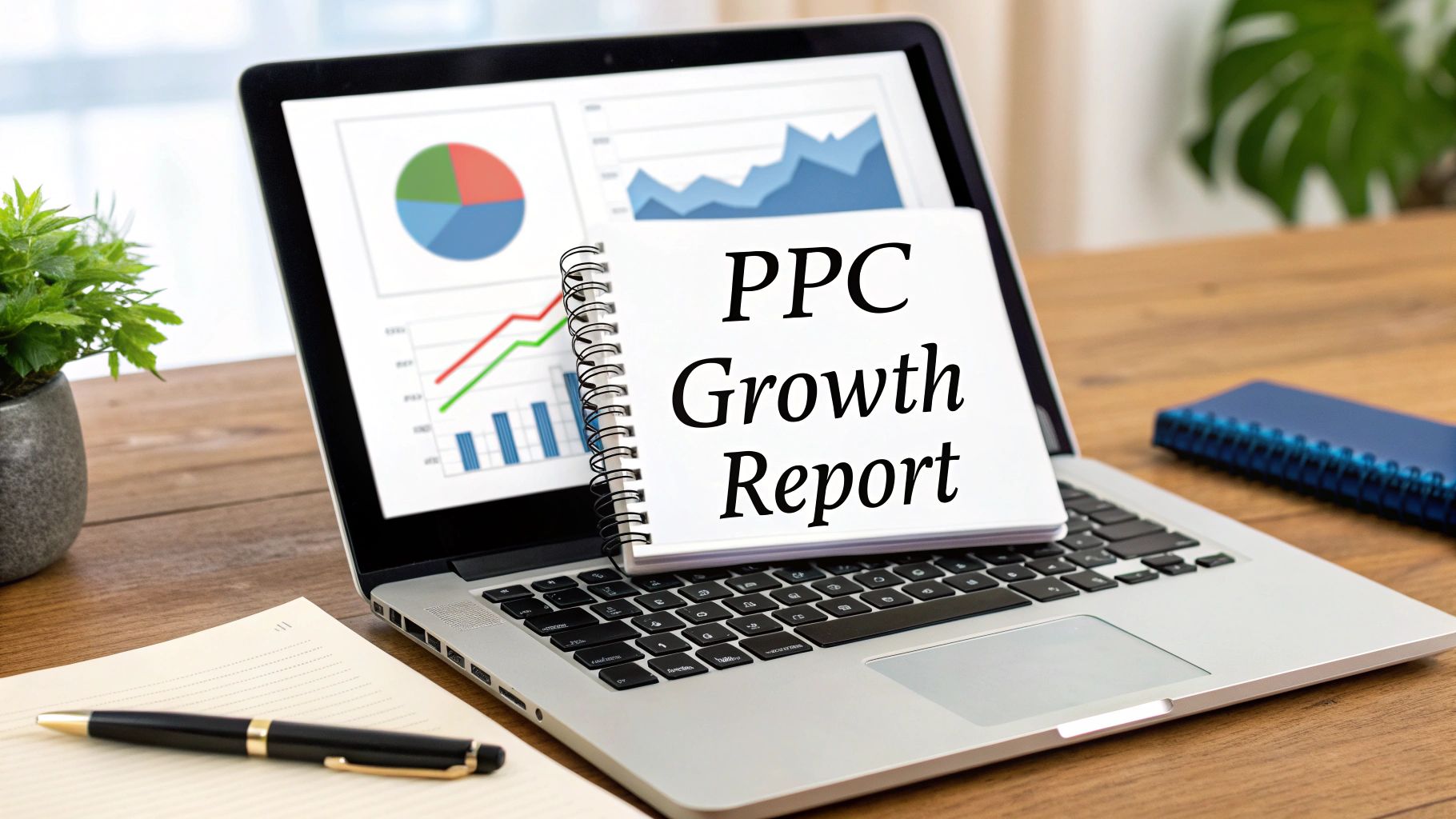
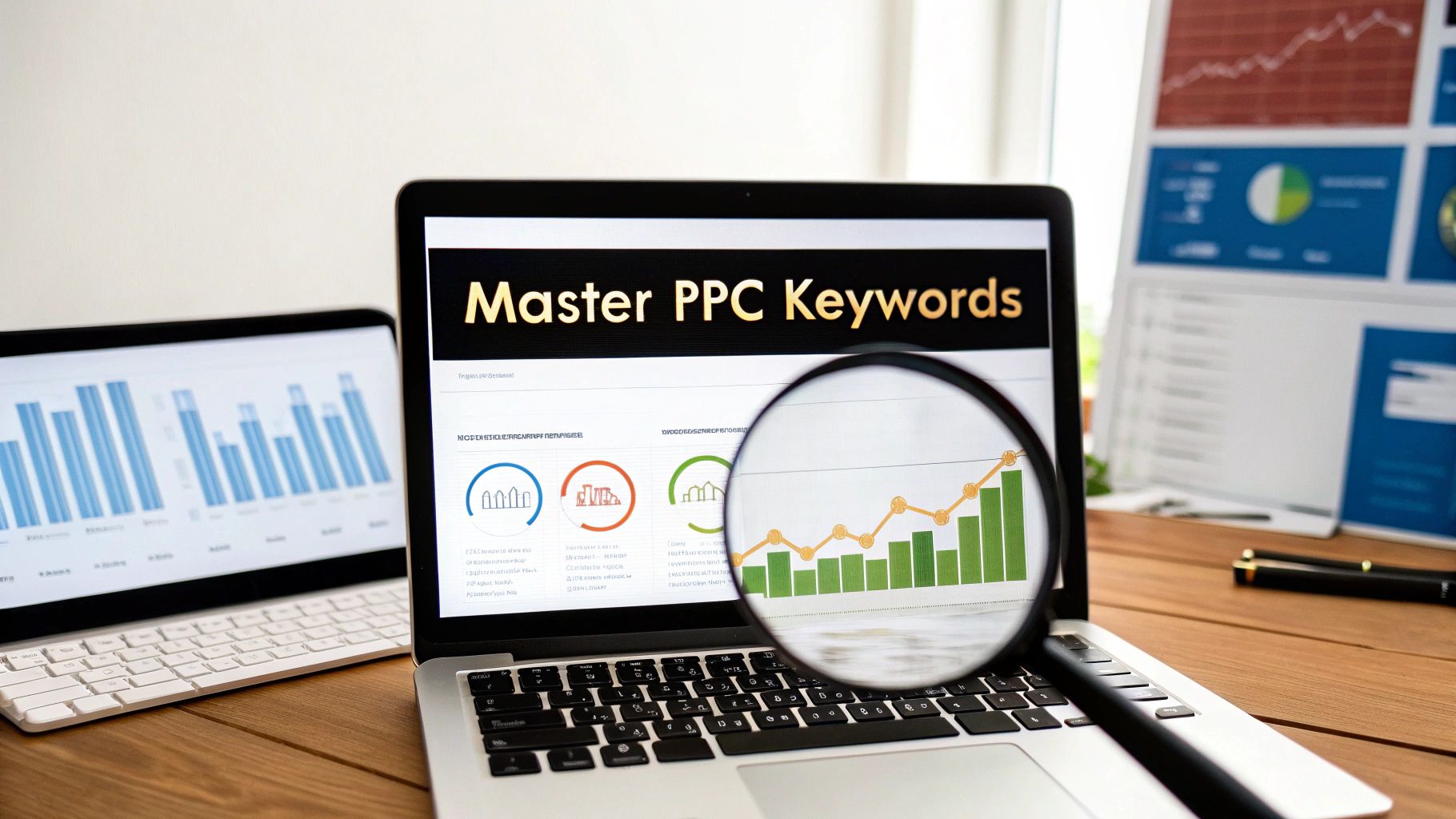
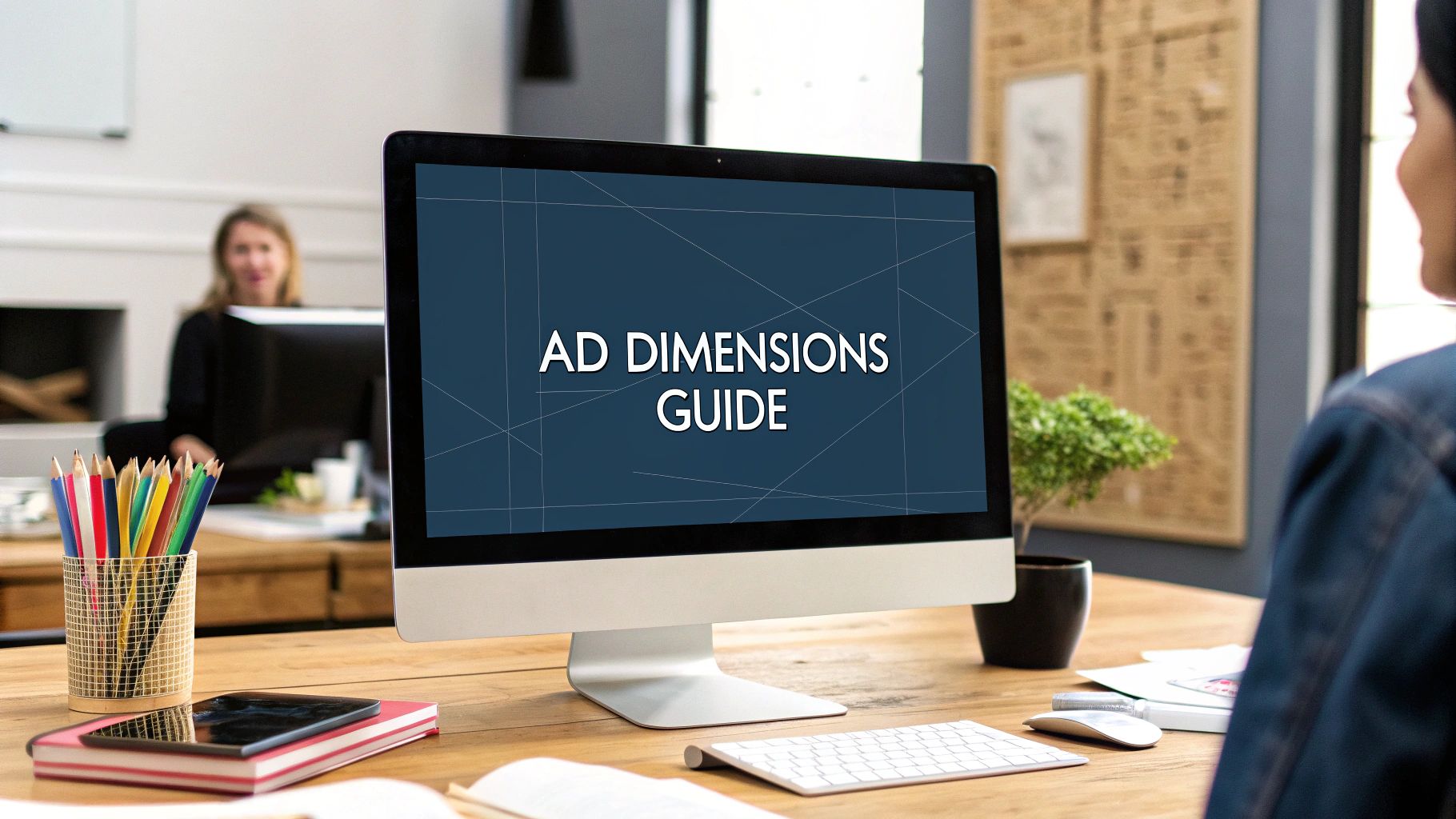
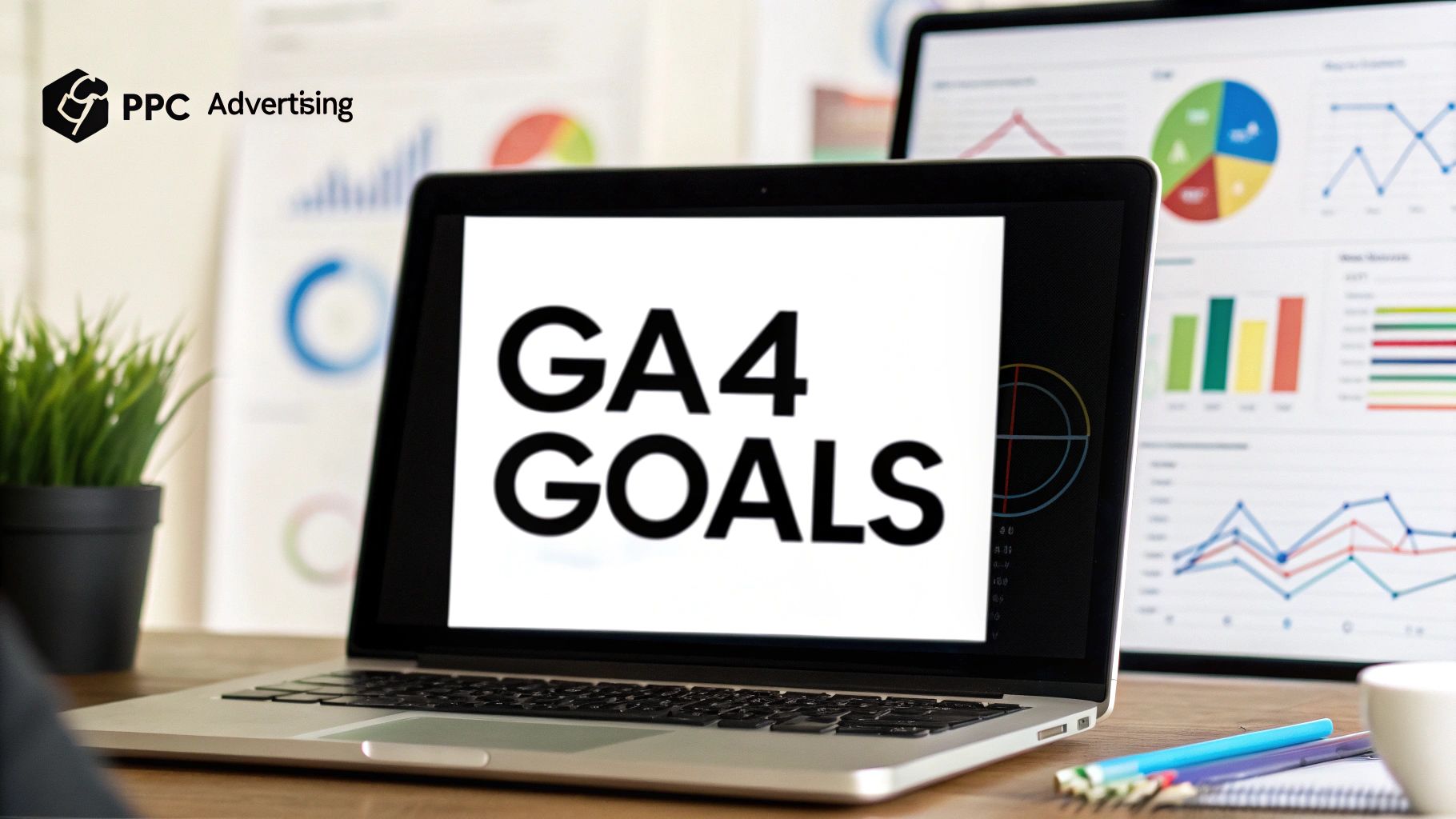

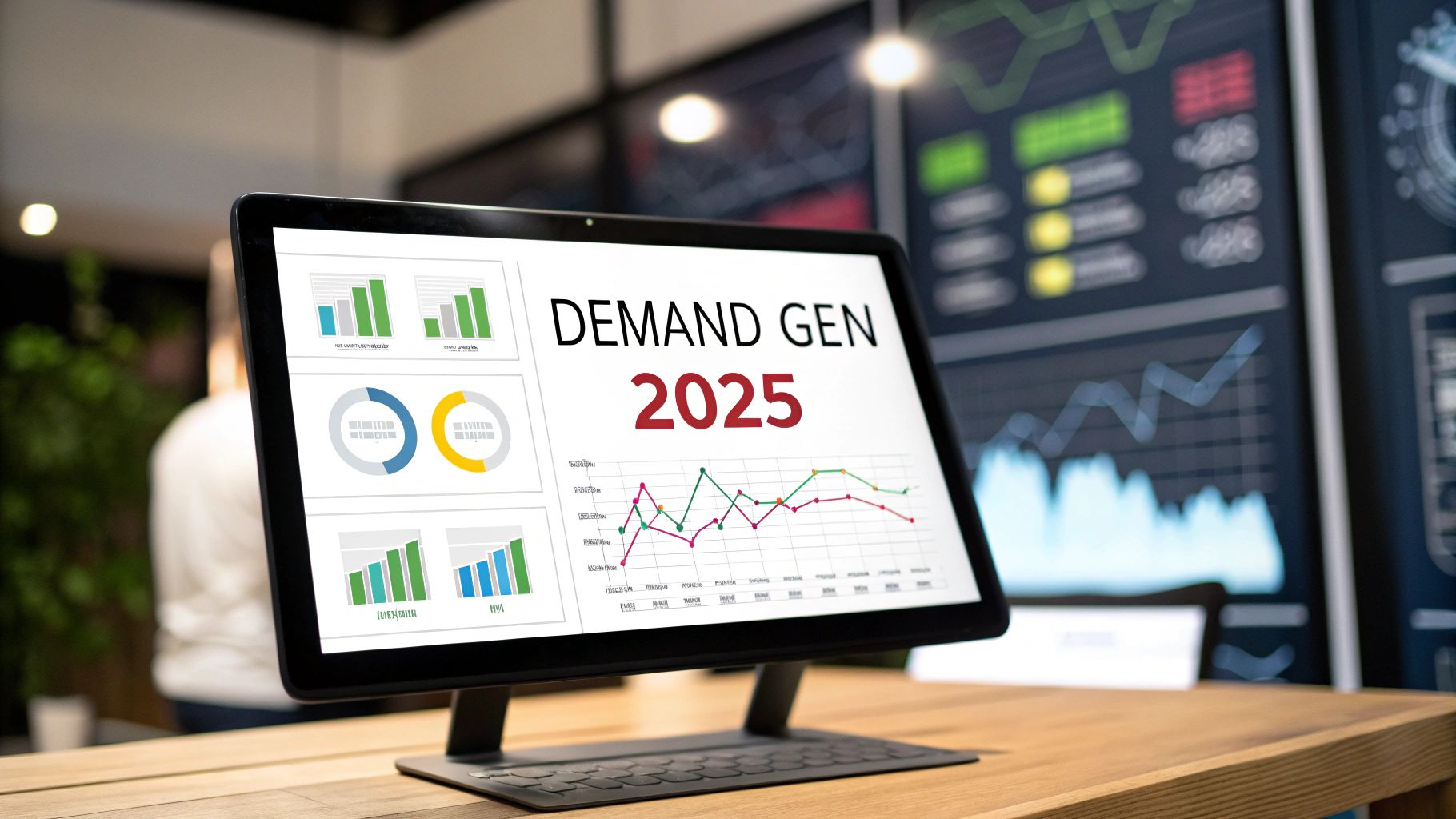
Comments